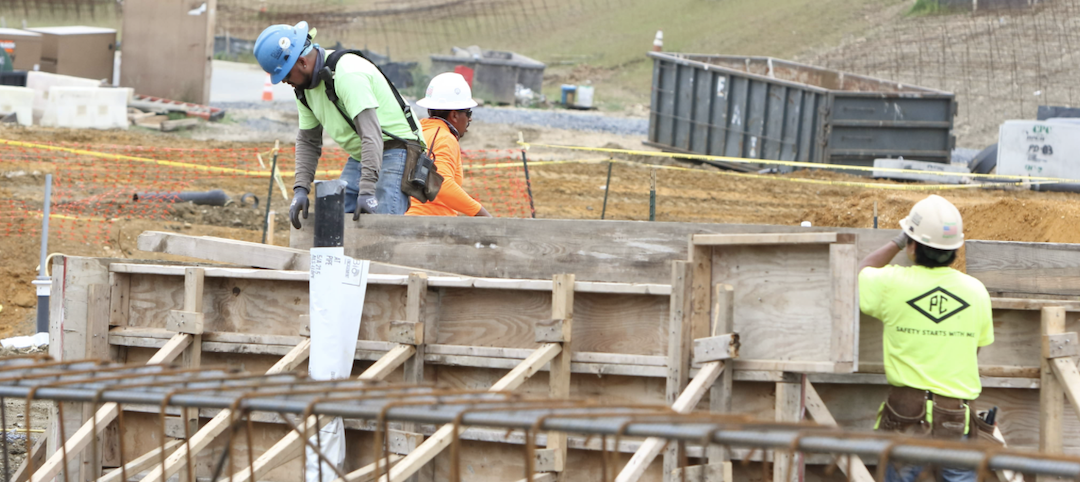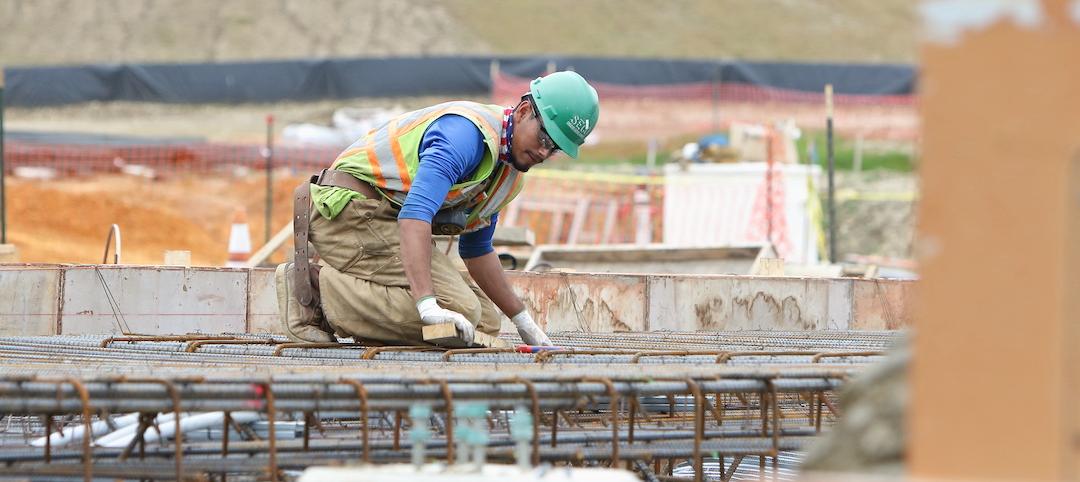Associated Builders and Contractors recently reported that its Construction Backlog Indicator expanded to 8.8 months in February 2019, up 0.7 months (8.2%) from January 2019, when the backlog dipped to 8.1 months.
“As predicted, the decreased backlog in the first month of the year reversed in February,” said Anirban Basu, ABC’s chief economist. “Low January readings are typically due to seasonal factors like the holidays and weather, but this year they were further affected by the federal government shutdown. In particular, the backlog in the infrastructure category increased significantly from January to February, which is consistent with the notion that the shutdown delayed a meaningful amount of contract signing.
“The heavy industrial segment was the only category in which backlog declined in February,” said Basu. “In the context of a weakening global economy and a strong dollar, which suppresses U.S. export growth, it is not altogether surprising that construction backlog declined in this category. This also helps explain slightly diminished backlog in the Middle States, which tend to rely more on industrial production. Backlog also bounced back in the commercial/institutional category, an indication of confidence among private developers on both coasts.”
“In general, nonresidential construction activity lags the overall economy by 12 to 18 months,” said Basu. “Last year was good for the economy, with the implication that contractors should expect to remain busy in 2019."
Related Stories
Market Data | Dec 5, 2021
Nonresidential construction spending increases nearly 1% in October
Spending was up on a monthly basis in 13 of the 16 nonresidential subcategories.
Market Data | Nov 30, 2021
Two-thirds of metro areas add construction jobs from October 2020 to October 2021
The pandemic and supply chain woes may limit gains.
Market Data | Nov 22, 2021
Only 16 states and D.C. added construction jobs since the pandemic began
Texas, Wyoming have worst job losses since February 2020, while Utah, South Dakota add the most.
Market Data | Nov 10, 2021
Construction input prices see largest monthly increase since June
Construction input prices are 21.1% higher than in October 2020.
Market Data | Nov 9, 2021
Continued increases in construction materials prices starting to drive up price of construction projects
Supply chain and labor woes continue.
Market Data | Nov 5, 2021
Construction firms add 44,000 jobs in October
Gain occurs even as firms struggle with supply chain challenges.
Market Data | Nov 3, 2021
One-fifth of metro areas lost construction jobs between September 2020 and 2021
Beaumont-Port Arthur, Texas and Sacramento--Roseville--Arden-Arcade Calif. top lists of gainers.
Market Data | Nov 2, 2021
Construction spending slumps in September
A drop in residential work projects adds to ongoing downturn in private and public nonresidential.
Hotel Facilities | Oct 28, 2021
Marriott leads with the largest U.S. hotel construction pipeline at Q3 2021 close
In the third quarter alone, Marriott opened 60 new hotels/7,882 rooms accounting for 30% of all new hotel rooms that opened in the U.S.
Hotel Facilities | Oct 28, 2021
At the end of Q3 2021, Dallas tops the U.S. hotel construction pipeline
The top 25 U.S. markets account for 33% of all pipeline projects and 37% of all rooms in the U.S. hotel construction pipeline.



















